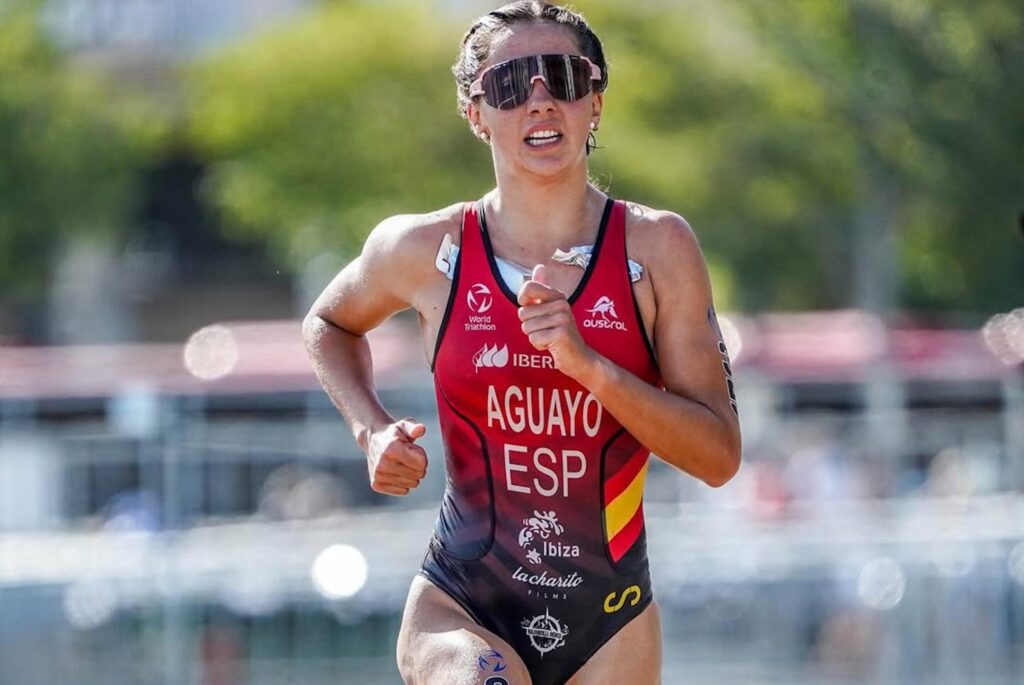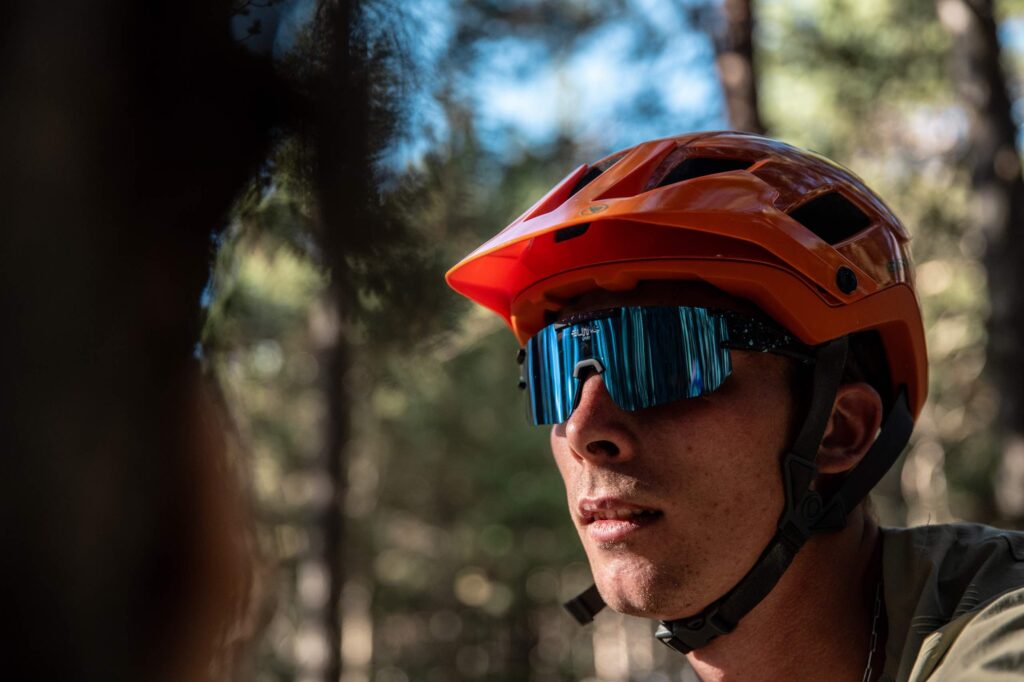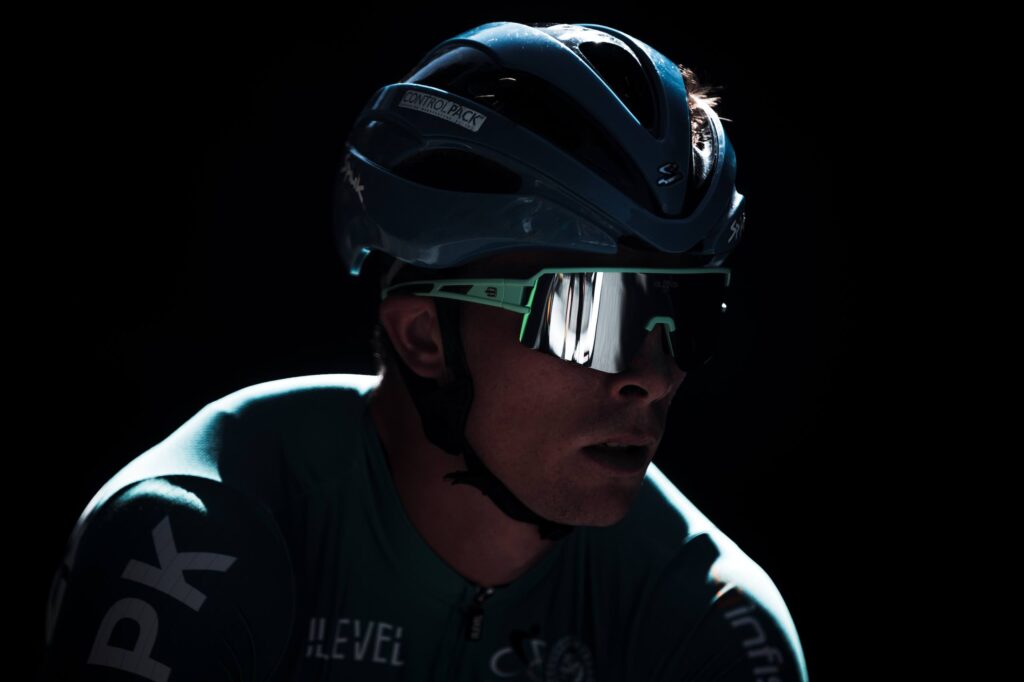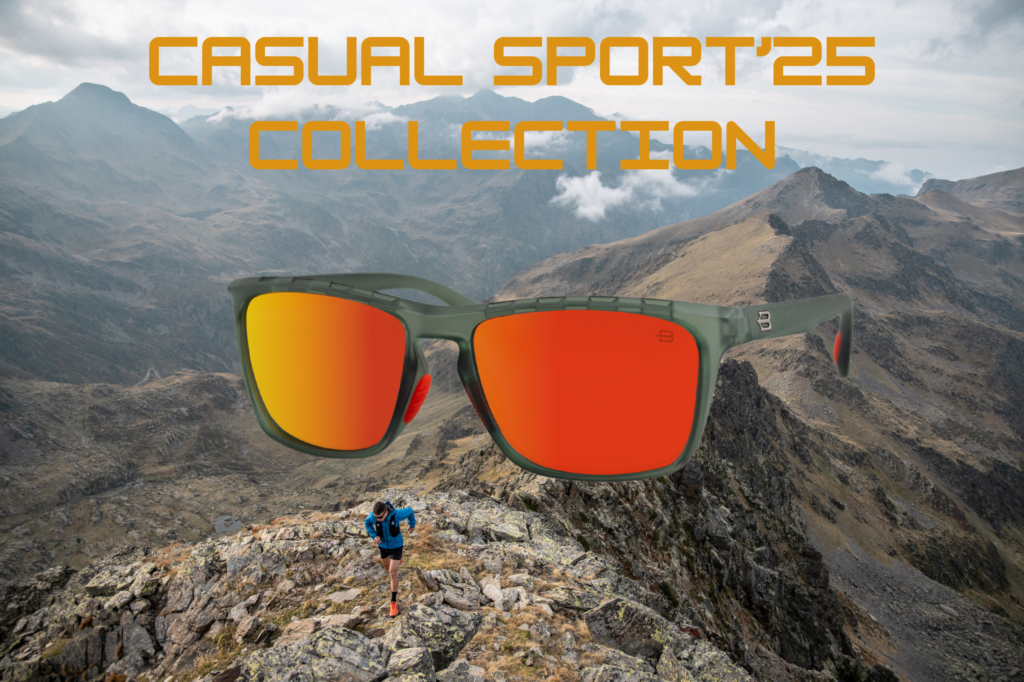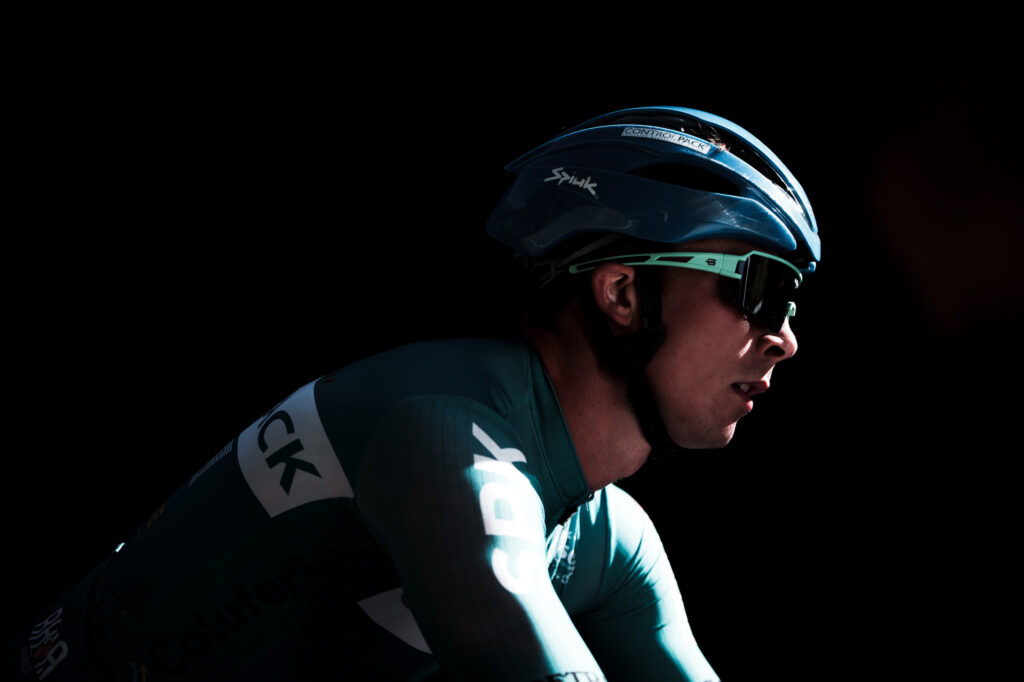
When it comes to high-performance sports eyewear, choosing the right lenses can make a huge difference in your vision, comfort, and overall performance. Two of the most popular lens technologies for athletes and outdoor enthusiasts are photochromic lenses and polarized lenses. But which one is the best fit for your sport?
In this guide, we’ll compare both technologies, their advantages, and which sports benefit the most from each, helping you make the best decision for your needs.
1. What Are Photochromic Lenses?
Photochromic lenses, also known as transition lenses, automatically adjust their tint based on the level of UV light exposure. They darken in bright sunlight and become clear in low-light conditions, providing adaptive vision in changing environments.
Benefits of Photochromic Lenses:
- Adaptive shading: Seamless transition between different light conditions.
- No need to switch glasses: One pair covers multiple lighting scenarios.
- Reduced eye strain: Helps prevent squinting and discomfort during sudden light changes.
- Versatile for various sports: Ideal for environments with fluctuating light levels.
Best Sports for Photochromic Lenses:
- Cycling: Perfect for routes with tunnels, shaded areas, or unpredictable weather.
- Trail running: Adapts to varying terrain and light conditions in forests or mountains.
- Skiing & snowboarding: Provides optimal visibility from bright slopes to shadowed areas.
- Golf: Enhances contrast while adjusting to changing sunlight throughout the course.
2. What Are Polarized Lenses?
Polarized lenses are designed to reduce glare caused by sunlight reflecting off surfaces like water, pavement, and snow. By filtering out horizontal light waves, they enhance contrast and clarity, providing sharper vision and reduced eye strain.
Benefits of Polarized Lenses:
- Eliminates glare: Reduces reflections from roads, water, and other flat surfaces.
- Enhanced contrast and clarity: Helps distinguish objects more clearly.
- Better visual comfort: Reduces eye fatigue and improves focus.
- Ideal for bright, reflective environments.
Best Sports for Polarized Lenses:
- Water sports (surfing, kayaking, fishing): Reduces water glare for better visibility.
- Road cycling: Enhances contrast and reduces reflections on the pavement.
- Skiing & snowboarding: Cuts glare from snow and ice, improving safety.
- Beach volleyball & outdoor running: Increases comfort in bright, sunny conditions.
3. Key Differences: Which One Should You Choose? 🔍
| Feature | Photochromic Lenses | Polarized Lenses |
|---|---|---|
| Light Adaptability | ✅ Adjusts to light changes | ❌ Fixed tint, does not adjust |
| Glare Reduction | ❌ Minimal | ✅ Excellent |
| Best For | Mixed light conditions | High-glare environments |
| Sports | Cycling, trail running, skiing, golf | Water sports, road cycling, skiing, beach volleyball |
| Convenience | ✅ No need to switch glasses | ❌ May need to swap for low-light conditions |
4. Final Verdict: Which One is Best for You?
If your sport involves constantly changing light conditions, photochromic lenses are the best option as they automatically adjust to different brightness levels. However, if you frequently face glare from reflective surfaces, polarized lenses will give you superior contrast and clarity.
Pro Tip: Some high-performance sports eyewear, like Bloovs Eyewear, offers interchangeable lenses, allowing you to switch between photochromic and polarized lenses depending on your activity and environment.
Looking for the perfect sports sunglasses? Explore Bloovs Eyewear’s advanced lens technology and find the ideal pair for your next adventure!
#PerformanceEyewear #BloovsEyewear #PhotochromicVsPolarized #SportsVision #PushYourLimits












